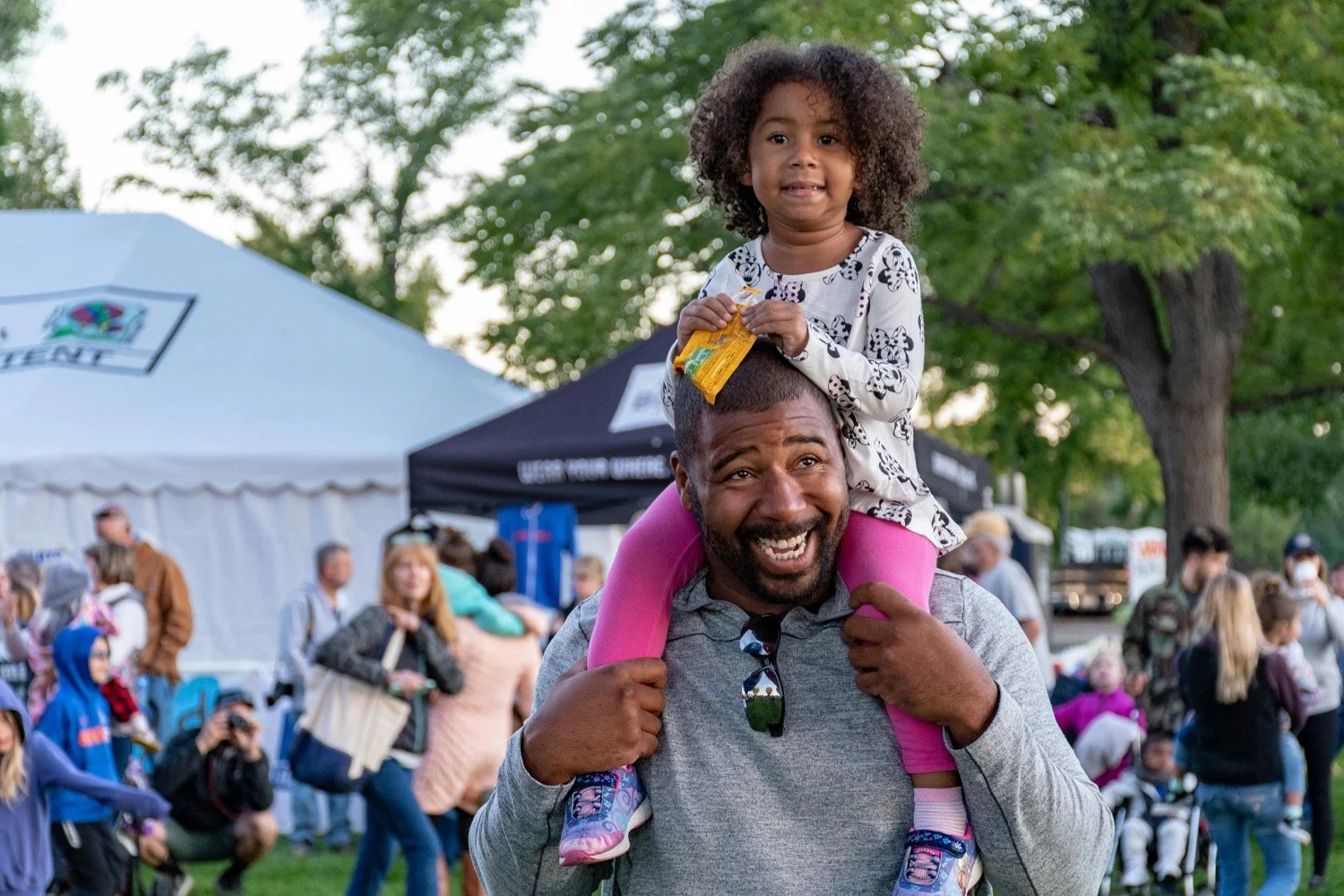Modeling Emotional Regulation: How Parents Can Help Kids Cope with Big Feelings
Written by Diana Charlop
Navigating emotions can be tough — especially for kids whose brains are still developing. Children rely on the adults in their lives to act as emotional guides, helping them move through moments of stress and overwhelm: a tough school day, anxiety about an upcoming test, or the uncertainty of social relationships.
Many parents naturally try to help by focusing on their child’s emotions — asking what their child might be feeling and suggesting coping strategies to ease distress. While this is a caring and thoughtful approach, kids may not always know how to cope, even when given helpful suggestions like “take a deep breath” or “take a break.” That’s where parents play a powerful role. Children learn emotional regulation not just through guidance, but through observation. When parents model calm, flexible coping in moments of frustration, sadness, anxiety, or anger, kids gain a roadmap for how to manage their own emotions.
The Oxygen Mask Rule of Emotional Regulation
On an airplane, safety protocols remind us to put on our own oxygen mask before helping a child. The same principle applies to emotional regulation.
When parents are feeling overwhelmed or dysregulated, it becomes much harder to guide a child through distress. Taking care of your own emotional well-being — and showing your child how you do it — makes all the difference. When you pause to take a few deep breaths, go for a walk, or simply say “I need a moment to calm down,” you’re modeling emotional regulation in real time. This helps both you and your child move through challenges more effectively and shows them that regulation is possible, even during hard moments.
Helpful Hints for Parents
Practice coping skills — and model them.
When kids see their parents using coping strategies, they learn what healthy regulation looks like. Ask yourself: Do I have coping skills that work for me? If not, now is a great time to explore some — like deep breathing, stretching, or positive self-talk — and commit to demonstrating them in front of your child.
Modeling coping strategies during regulated moments is just as important — and often even more effective — than only trying to use them when emotions are high. By showing your child what coping looks like when things are calm, you help them see that these strategies are a normal part of daily life, not just tools for when things go wrong. This way, when big feelings show up, those coping strategies feel familiar, practiced, and easier to use.
Talk about your own big feelings.
It’s important for children to see that adults experience tough emotions too. Talking through your feelings — for example, “I was really frustrated earlier, so I took a few deep breaths to calm down” — helps normalize emotional experiences and teaches your child that feelings are manageable. These open conversations show that it’s safe to talk about emotions and that everyone, even adults, can benefit from healthy coping tools.
Reflect together after tough moments.
Once emotions have cooled, circle back to discuss what happened. Whether your child became dysregulated or you reacted more strongly than intended, take the opportunity to talk about what coping strategies might have helped. This shared reflection builds understanding, connection, and emotional awareness for both parent and child.
The Takeaway
Both parents and children experience big emotions — and that’s part of being human. But when parents intentionally model emotional regulation, talk about their feelings, and process challenging moments together, they help children build lifelong tools for coping and resilience.
By prioritizing your own regulation, you’re not just supporting yourself — you’re teaching your child how to navigate life’s ups and downs with confidence, compassion, and calm.

